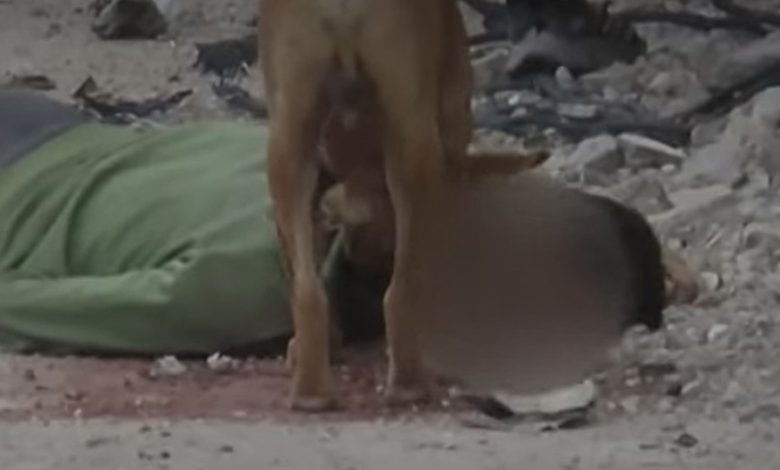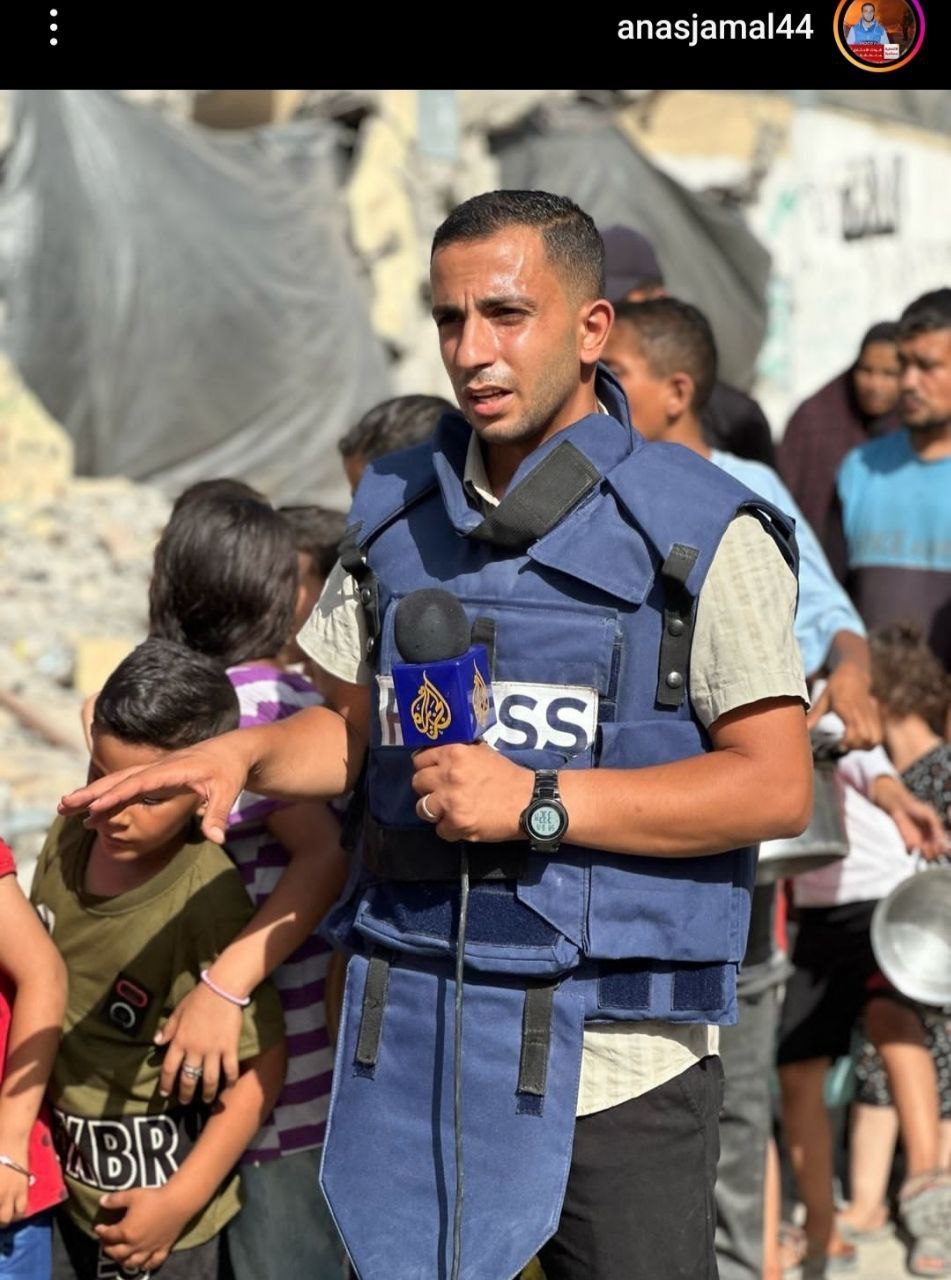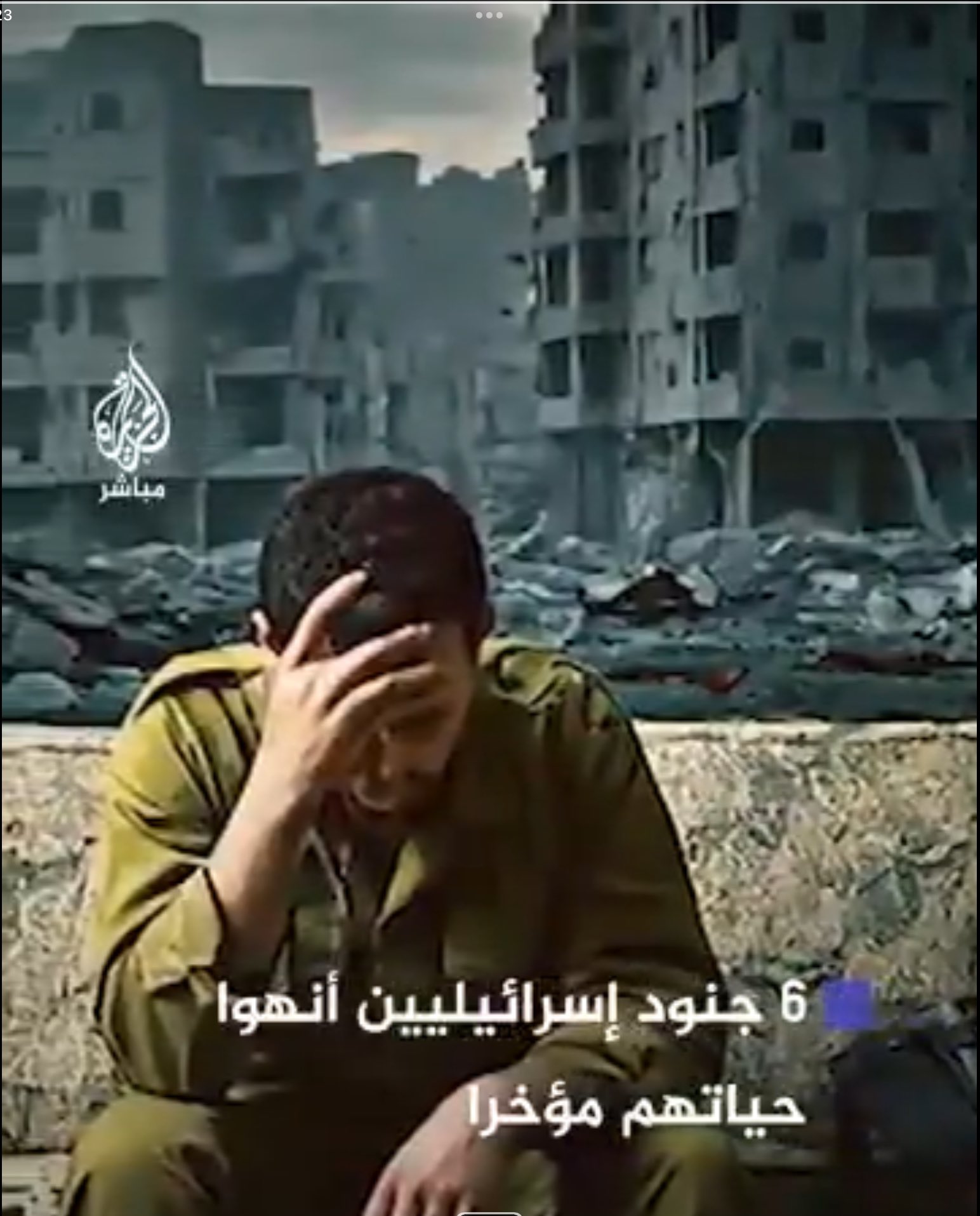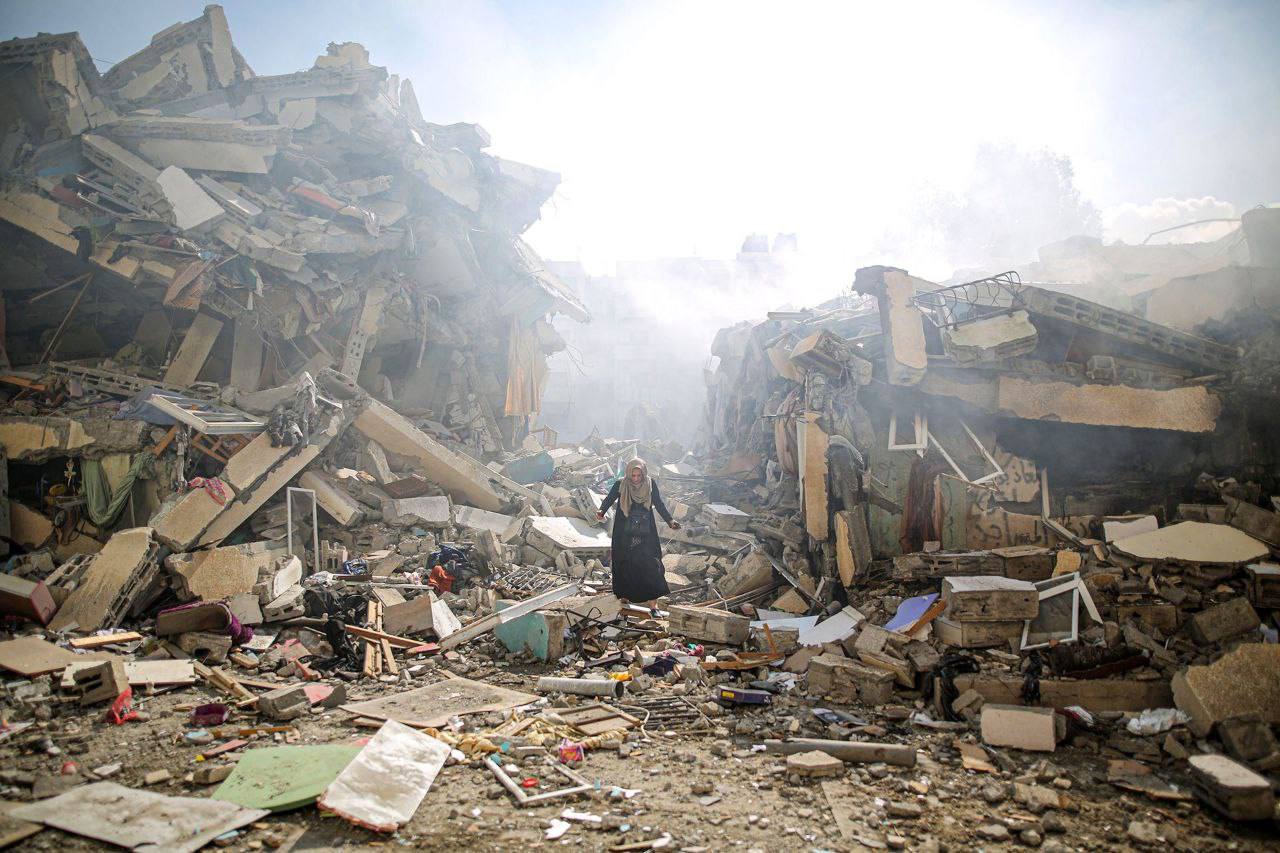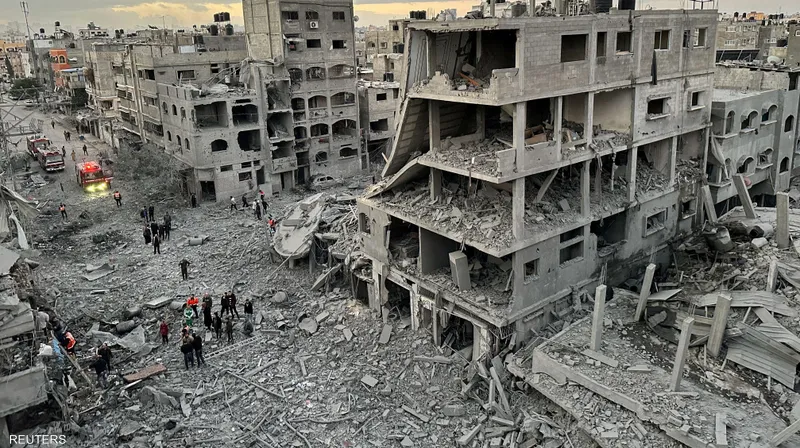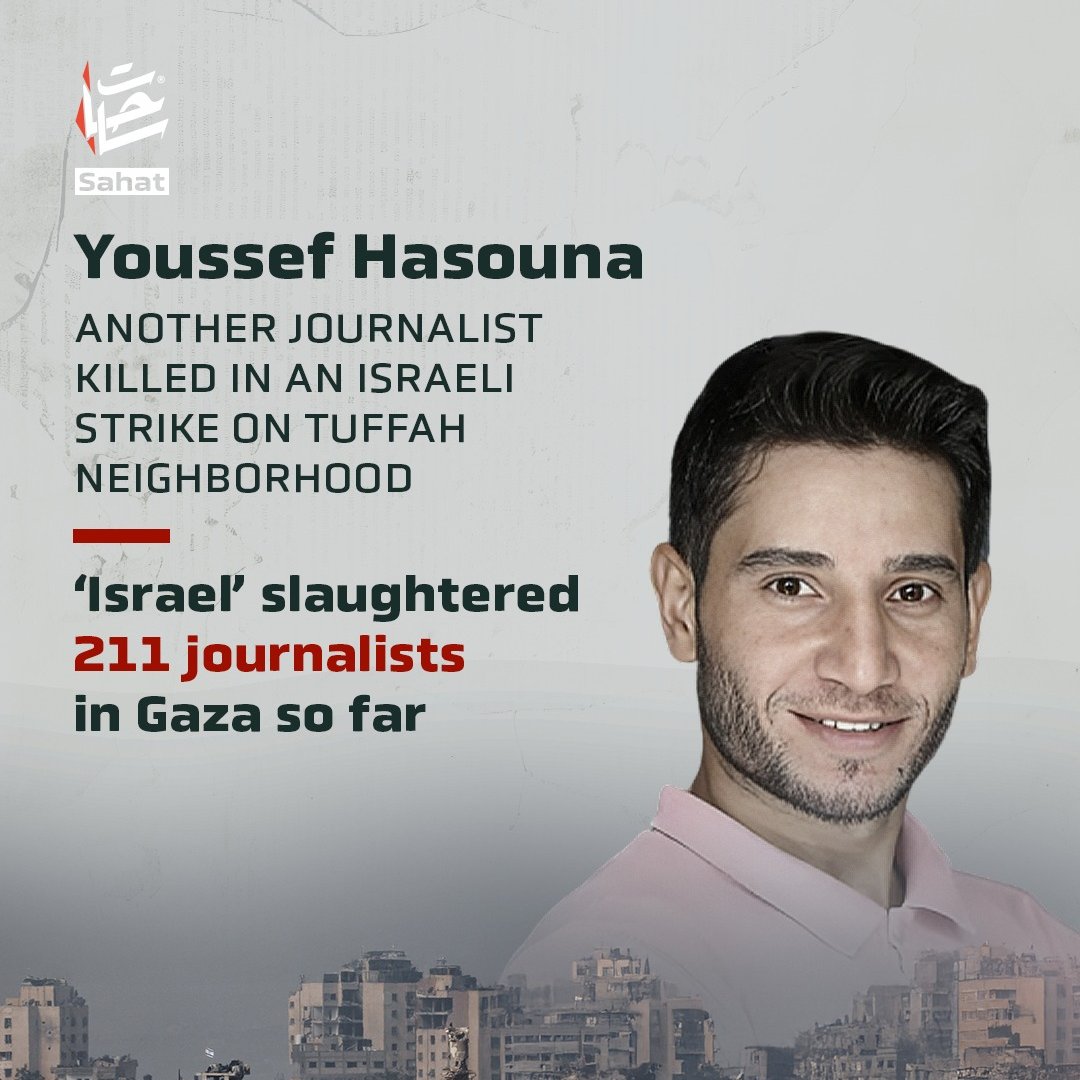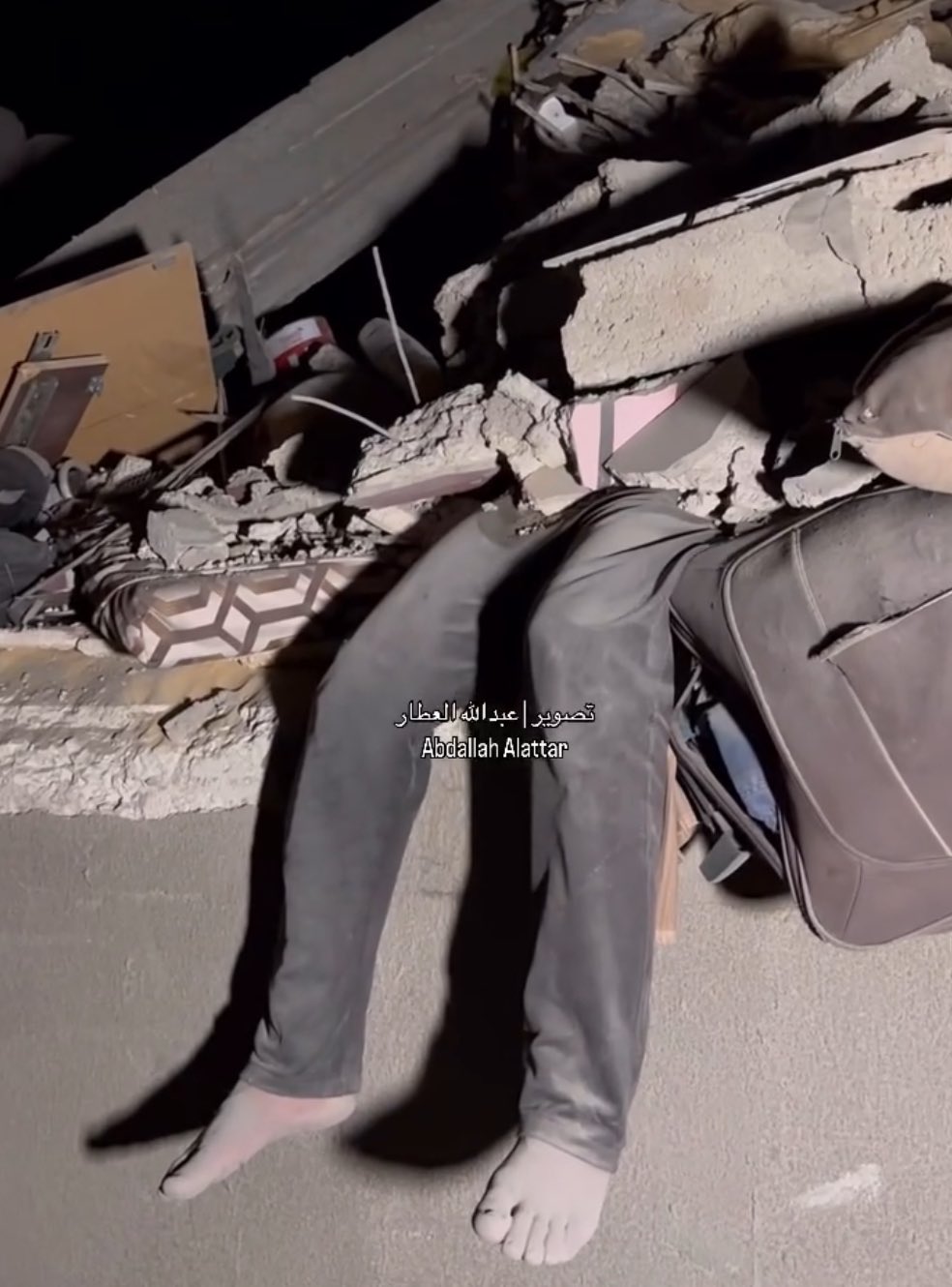Hamas Lone Fighter Knifes Four Israeli Soldiers
CROSSFIREARABIA – One Hamas fighter, killed an Israeli officer and three other soldiers on the streets of Jabalia, north Gaza in a turnaround posture in this bloody war on the Palestinian enclave.
The killing, Thursday morning, was a face-to-face operation as the lone Izz Al Din Al Qassam fighter first stabbed the Israeli soldiers, took away their weapons and armor and quickly vanished from the scene.
This is the first-time that a direct man-to-man fighting at zero-distance between Palestinian fighters and Israeli soldiers since the onslaught on Gaza that began soon after 7 October, 2023.
Observers see such a move as a major qualitative step of hand-to-hand combat. Up till now, and it has been 14 months of fighting, Hamas and Palestinian resistance operatives have been fighting the Israeli army from a distance – throwing grenades, missiles at their tanks, troop carriers and/or bulldozers. They were not operations as this latest one.
Through the Hamas’s operatives, the latest action was different, aiming for bodily contact which has never done before, on the Gaza Strip, nor at anywhere else in the world, one analyst pointed out for the latest “knifing” with a blunt instrument, showed the Palestinian resistance were now daring the Israeli soldiers to come and fight in open warfare.
It is seen as a major development in what has long been turned into a war of attrition on the streets of Gaza between Hamas fighters and the Israeli army.
It shows the spunk of the Palestinian fighters after Israeli militarily in-roaded north Gaza since 5 October 2024 and had been trying to end the presence of the Palestinian resistance there but to no avail. Of course, the Israeli army including Prime Minister Benjamin Netanyahu keeps boasting about the end of Hamas being near but what is happening on the ground doesn’t show that at all but the complete opposite.
Also on Thursday, a Hamas sniper killed an Israeli soldier in the Twam residential neighborhood, north of Gaza city to the west of Jabalia. He was part of a group of soldiers on top of a building, when he was sniped and instantly killed.
Brigadier-General Elias Hanna – a military analyst in Al Jazeera – say the latest military combat proves the Palestinian resistance have not been beaten but on the contrary, they are continually changing their military tactics and ways of fighting. He added it reflects the transition to a new qualitative phase of zero-distance targeting.
He added that from now on they could be aiming to fight man-to-man if indeed such operations as that happened in Jabalia continues to occur on a frequent basis from now on.
Israeli soldiers have been steadily falling over the past months because of the resistance despite the fact that there are currently three Israeli military divisions operating in the area as Hanna points out.

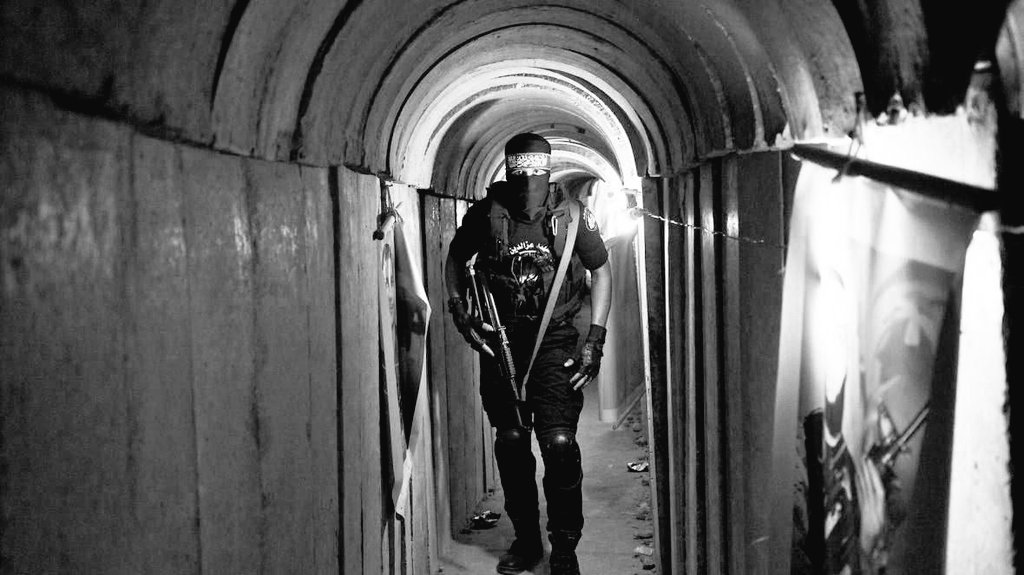
 Al-Qassam Brigades: This morning, one of the Al-Qassam fighters managed to stab a Zionist officer and 3 soldiers from point zero, kill them, and seize their personal weapons in Jabalia camp, north of the Gaza Strip.
Al-Qassam Brigades: This morning, one of the Al-Qassam fighters managed to stab a Zionist officer and 3 soldiers from point zero, kill them, and seize their personal weapons in Jabalia camp, north of the Gaza Strip.  (@RoyalIntel_)
(@RoyalIntel_) 
